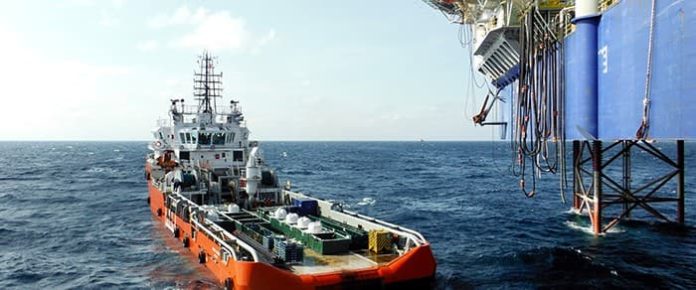A shortfall in green energy investment and a weakening commitment to clean energy policies could extend strong global demand for oil and gas, according to an analysis by Wood Mackenzie.
While the International Energy Agency (IEA) projects oil demand will peak by the end of the decade, industry players—including oil producers and commodity traders—expect demand to continue rising into the 2030s. Vitol, the world’s largest independent oil trader, forecasts demand reaching nearly 110 million barrels per day (bpd) by 2030, remaining at high levels until a gradual decline begins in the mid-2030s. By 2040, consumption is expected to hover around 105 million bpd, close to current levels.
Supply Challenges Amid Slower Energy Transition
Despite expected shifts toward renewables, oil demand will remain resilient due to population growth and increasing consumption of petrochemicals, plastics, and jet fuel. However, oil supply may struggle to keep pace. With depleting oil fields, significant upstream investment is required just to maintain current production levels.
Wood Mackenzie’s Delayed Energy Transition Scenario (DETS) suggests that without a radical shift in policy and investment, the world is heading for a slower transition. In this scenario, upstream oil production would need to increase by an additional 6 million bpd (6%) by 2050, while natural gas output would have to rise by 15 billion cubic feet per day (3%). Meeting this demand would require a 30% increase in global upstream investment, from $500 billion to $660 billion annually.
Financial Discipline & Energy Security Considerations
Governments and corporations face inflationary pressures, reducing their ability to double annual clean energy investments to the estimated $3.5 trillion needed to meet Paris Agreement targets. In 2023, global green energy investments hit $2 trillion for the first time, but BloombergNEF estimates the world needs $5.6 trillion per year to achieve net-zero emissions by 2050.
Meanwhile, major oil companies remain committed to capital discipline, prioritizing shareholder returns over aggressive upstream spending. With energy security and affordability concerns rising, investments in conventional oil and gas could increase, though current levels remain insufficient to meet projected demand.
As geopolitical and economic uncertainties persist, upstream companies are expected to maintain cautious spending while assessing the pace of the energy transition and broader market trends.

